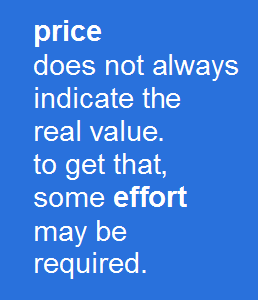FYI, there is now a sample lesson available for the new IRA course.
If you’ve been wondering what it’s about and whether or not you’ll be able to learn something repeatable, this clip will give you a better sense of what the end result can look like.
What I teach in the course is ideal for IRA’s since they are already tax-advantaged and are typically comprised of holdings on the intermediate to long-term timeframes. However, it is not IRA-specific and can therefore be applied in any type of account.
The entire premise is to blend stocks with options for better returns. The course is video-based and can be completed in under 3 hours.
Here’s a direct link to the sample.
Jeff







 You put in time, you develop some gut feel, some intuition, and you have a little more to base a decision off of than had you not developed that feel. You may not always be right, but you have something extra to rely upon when making decisions and it comes from the time you’ve spent observing and participating.
You put in time, you develop some gut feel, some intuition, and you have a little more to base a decision off of than had you not developed that feel. You may not always be right, but you have something extra to rely upon when making decisions and it comes from the time you’ve spent observing and participating.
 It can be a fine line to walk between confidence and cockiness, or between conviction and stupidity, so it must be done with care.
It can be a fine line to walk between confidence and cockiness, or between conviction and stupidity, so it must be done with care. When it comes to intraday trades (or single-day trades), traders have a tendency to think differently.
When it comes to intraday trades (or single-day trades), traders have a tendency to think differently.





 2014 has so far been an excercise in risk management for me in that I only took a dozen swing trades in the first quarter. That’s light, yes, but with a fickle, stagnating market, selectivity has been critical. Many have been spinning their wheels in 2014, getting whipsawed with the moves we’ve seen so far.
2014 has so far been an excercise in risk management for me in that I only took a dozen swing trades in the first quarter. That’s light, yes, but with a fickle, stagnating market, selectivity has been critical. Many have been spinning their wheels in 2014, getting whipsawed with the moves we’ve seen so far.





